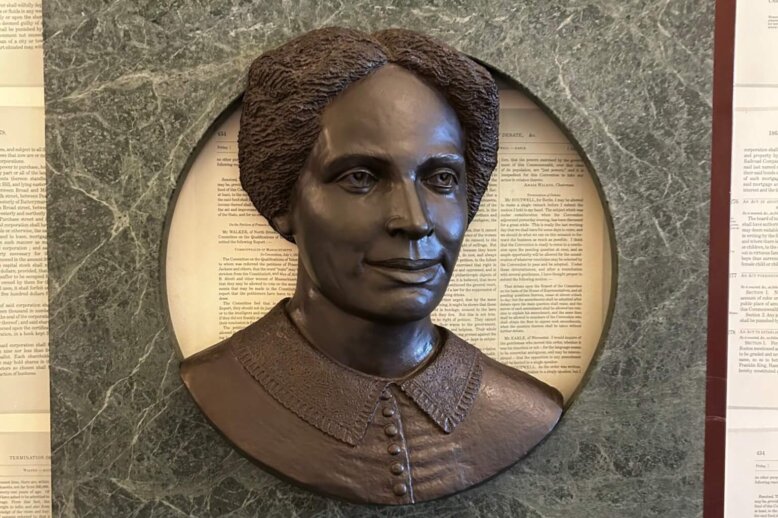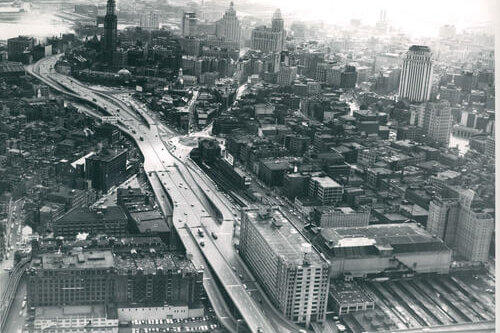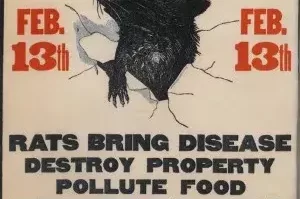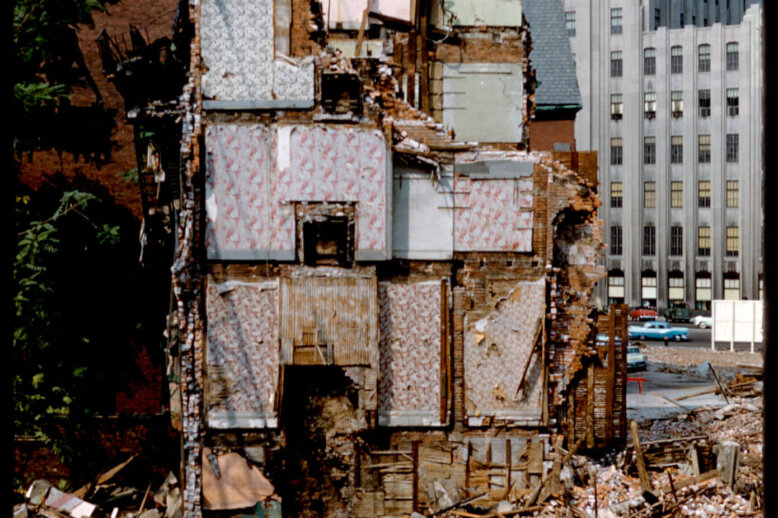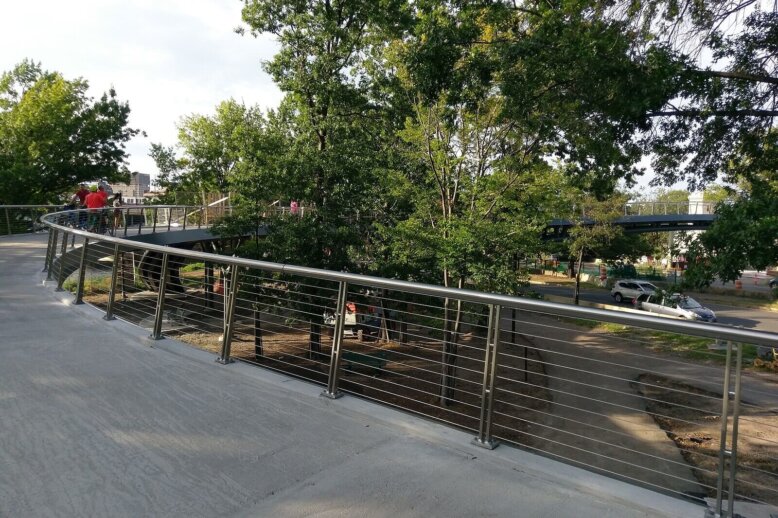The Brief Reign of Daniel A. Whelton, Mayor of Boston
The Brief Reign of Daniel A. Whelton, Mayor of Boston On September 14, 1905, Bostonians were shocked by the sudden death of their mayor, Patrick Collins. Collins died from an acute attack of gastritis at the Homestead Hotel in Hot Springs, Virginia, where he had been recuperating “from the cares and toils of office.” Under…



